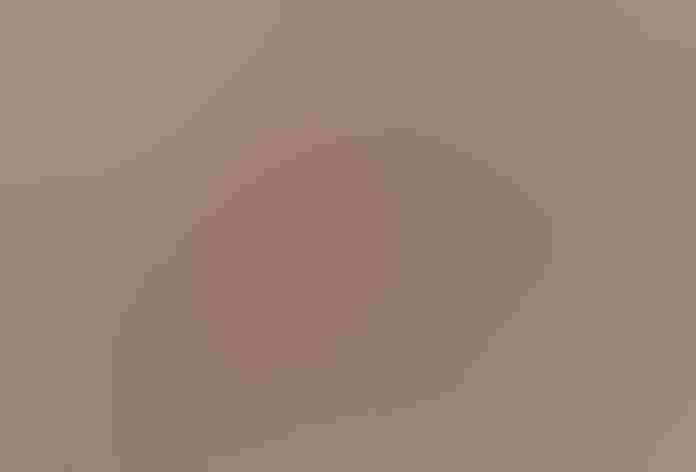Fox Sparrow
At a Glance
This big chunky sparrow nests in the far north and in western mountains, and many birders know it only as a migrant or winter visitor. It is usually found on the ground under dense thickets, scratching busily in the leaf-litter with both feet. On its breeding grounds, it gives a beautifully clear whistled song. The bird's name refers to the bright foxy-red color of the most eastern and northern populations, but many Fox Sparrows in the West are predominantly gray or sooty brown.
All bird guide text and rangemaps adapted from Lives of North American Birds by Kenn Kaufman© 1996, used by permission of Houghton Mifflin Harcourt Publishing Company. All rights reserved.
Category
New World Sparrows, Perching Birds
Conservation
Low Concern
Habitat
Forests and Woodlands, High Mountains, Shrublands, Savannas, and Thickets, Tundra and Boreal Habitats
Region
Alaska and The North, California, Eastern Canada, Florida, Great Lakes, Mid Atlantic, New England, Northwest, Plains, Rocky Mountains, Southeast, Southwest, Texas, Western Canada
Behavior
Flitter
Population
35.000.000
Range & Identification
Migration & Range Maps
Typically migrates early in spring and late in fall, with peak passage in many areas during late March and early November. Migrates at night.
Description
6-7 1/2" (15-19 cm). Large size, ground-scratching behavior. Triangular spots on underparts; rather plain face. Overall color varies: very reddish in east and far north, mostly gray with some reddish in most of west, darker sooty brown in Pacific northwest. Most forms have reddish tail (see Hermit Thrush). Often has two-toned bill. Some in California very large-billed.
Size
About the size of a Robin, About the size of a Sparrow
Color
Black, Brown, Gray, Red, White
Wing Shape
Broad
Tail Shape
Rounded, Square-tipped
Songs and Calls
A lively song that opens with 1 or more clear whistles followed by several short trills or churrs. Call a sharp chink.
Call Pattern
Undulating
Call Type
Chirp/Chip, Whistle
Habitat
Wooded areas, undergrowth, brush. Breeds in brushy areas including woodland edges and clearings, streamside thickets, scrubby second growth, stunted coastal forest. Winters in similar habitats, also in brushy fields, chaparral, well-vegetated suburbs and parks.
Sign up for Audubon's newsletter to learn more about birds like the Fox Sparrow
Behavior
Eggs
2-5. Tends to lay fewer eggs in southern part of breeding range. Eggs pale green to greenish white, heavily blotched with reddish brown. Incubation is by female only, about 12-14 days.
Young
Both parents feed the nestlings. Young leave the nest about 9-11 days after hatching.
Feeding Behavior
Forages on ground, characteristically scratching in the soil or snow, making a little forward jump and then scratching back with both feet at once.
Diet
Mostly seeds and insects. During breeding season, consumes many insects, including beetles, flies, true bugs, and others, also spiders and millipedes. Majority of diet at other seasons consists of seeds, mainly of weeds (such as smartweed) and grasses. Also eats some berries; in coastal areas, may feed on tiny crustaceans and other marine life on beaches. Young are fed mostly insects.
Nesting
Male sings in spring to defend nesting territory; may be aggressive toward intruders of other species as well as his own. Nest site is often on ground under dense cover of low shrubs. Sometimes nests up in shrubs or low trees, rarely more than 8' above ground. Nest (probably built by female) is open cup made of grass, weeds, moss, lined with fine dry grass. Nests built above ground usually larger and more bulky, with more twigs used in outer walls.
Climate Vulnerability
Conservation Status
Some counts of migrants suggest that the species has decreased in recent decades, at least in the East.
Climate Threats Facing the Fox Sparrow
Choose a temperature scenario below to see which threats will affect this species as warming increases. The same climate change-driven threats that put birds at risk will affect other wildlife and people, too.











